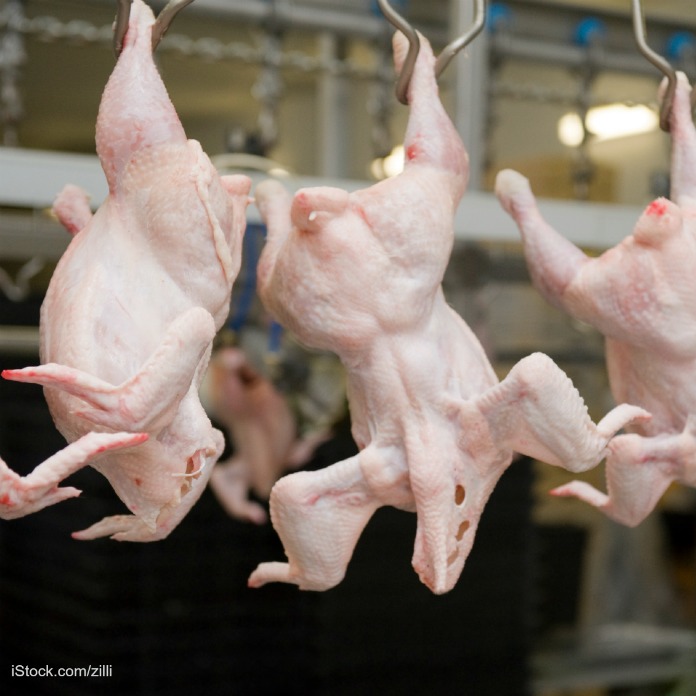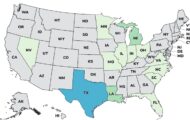Food & Water Watch is opposing the National Chicken Council petition to increase poultry slaughter line speeds. The petition was filed on September 1, 2017 with the USDA’s Food Safety and Inspection Services.

The line speed cap was set in the 2014 regulations creating the New Poultry Inspection System (NPIS). Food & Water Watch opposed the final rule reacting that system, and went to court to challenge its legality. The system essentially “privatizes poultry inspection by turning most of the on-line slaughter inspection over to the companies to conduct themselves, leaving only one USDA inspector on each slaughter line.”
Other food safety watchdog groups have opposed NPIS as well. NPIS is based on HIMP, HACCP-based Inspection Models Project pilot study, which was widely criticized in 2012 by the Consumer Federation of America as well as USDA inspectors.
Wenonah Hauter, executive director of Food & Water Watch said in a statement, “We were concerned about the food safety implications of implementing NPIS and we also believed that USDA did not take into consideration worker safety and animal welfare concerns when making this dramatic change to poultry inspection. The only positive in that final rule was the cap on the line speeds in chicken plants to 140 birds per minute (bpm) instead of increasing them to 175 bpm, as USDA had originally proposed. But even at 140 bpm, a lone USDA inspector is checking 2.33 birds every second under NPIS as opposed to the one bird every two seconds under the traditional inspection system.”
Fewer than 75 of the 280 poultry plants in the United States have converted to NPIS. The chicken industry claims that the line speed cap is holding them back. Quicker line speeds make it much more difficult for inspectors to see flaws on the animals.
At the same time, the National Chicken Council petition claims that food safety in the pilot plants used to implement NPIS is just as good or better in plants that had operated with USDA inspectors, Food & Water Watch found that the USDA’s Salmonella testing program before July 2017 was flawed.
Hauter continued, “The National Chicken Council is looking out for profits, not food safety. The agency must reject this petition and preserve the cap on line speeds that protects both consumers and slaughterhouse workers.”





I have heard, and I don’t remember the source, that China will soon be doing the slaughter and export back to the USA of our chickens and pigs. If that is the case, and we have changed up the speed of the line, will we be further loosing the control of our inspection service and our safe food?
Unfortunately, yes. I will write about the China situation next week.